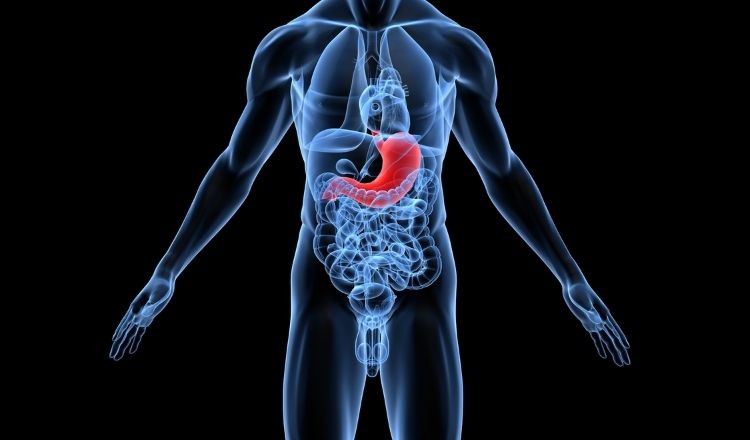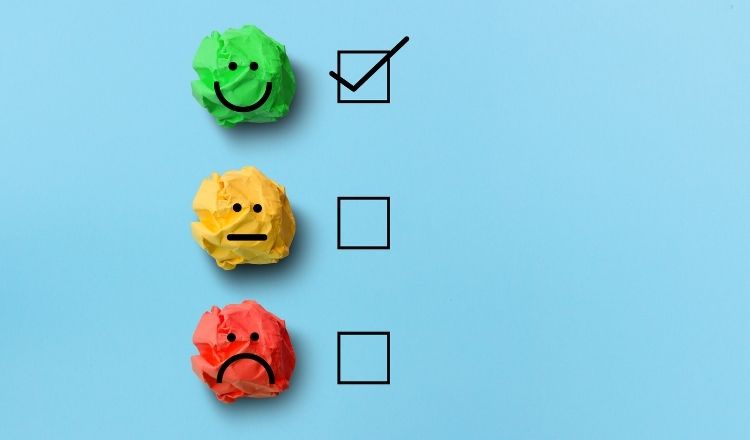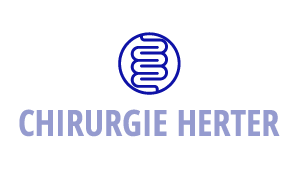
Endoscopy: Gastroscopy
Endoscopic procedures allow us to examine the oesophus, stomach, duodenum, the large intestine and the end part of the small intestine. Our anesthesiologist uses analgosedation (otherwise called analgesic sedation or half-sleep) during the examination. This allows us to conduct a routine, entirely painless and gentle examination.
The Endoscope is an optical instrument used for procedures in which the gastro-intestinal organs are examined and where tissue samples can be taken for laboratory analysis. The procedure, called Endoscopy, is painless and allows the best possible examination of the hollow organs of the gastro-intestinal tract without surgery. In our ambulance we offer the possibility to use Co2gas infiltration instead of air infiltration, to avoid pain and flatulence after the procedure. The endoscope is also used for minimal invasive endoscopic procedures such as removing polyps and stopping internal bleeding. It is the best, accurate, painless and most flexible instrument we have today.
Six hours before the procedure:
no eating, drinking or smoking
Execution:
Analgosedation (twilight sleep)
Incapacity:
about 24 hours
Gastroscopy
Gastroscopy is an optical procedure for examination and diagnosis of the esophagus, the stomach and the duodenum. We use analgosedation (half-sleep) during this procedure ensuring that the patient feels nothing during the process. Painless minimal invasive endoscopic procedures can be performed during Gastroscopy for acquiring tissue samples and other minor corrective operations. Gastroscopy is also used for post-operative examinations to control the efficacy of the endoscopic procedures and medical therapies.
Symptoms leading to Endoscopic gastroscopy:
- Problems swallowing
- Acid Reflux
Possible diagnosis through Endoscopic Gastroscopy:
- Ulcers
- Infections of the esophagus
- Tumors
Minimal Invasive endoscopic procedures and instruments used during endoscopic Gastroscopy
Procedures:
- Removing Polyps
- Stopping internal bleeding
- Tissue samples from Tumors
Implements used include:
- Polypectomy Snare
- Forceps
- Balloon probe
- Endoprosthesis
- Clips
- Injection Needle
- Scrubber
Testimonial from a patient:
Super friendly and helpful. Went there for a Gastroscopy and I was feeling very well taken care of, very calm environment and friendly staff! Me not speaking good German was not an issue what so ever.
Source: Google

The Gastroscopy Procedure
The Pre-examination Preparation:
The Gastroscopy is carried out as an outpatient. The purpose is diagnosis through viewing the internal organ walls and taking samples, when necessary. An “unobstructed view”, that is an empty stomach is required so the patient is asked to fast the day of the procedure. Patients are not allowed food drink, alcohol or tobacco for six hours prior to a gastroscopy.
The Gastroscopy:
Gastroscopy is always performed with the patient in an analgosedation (a sedation induced half-sleep) and is therefore painless. A soft, flexible, tube a few millimeters in diameter is introduced through the mouth and the esophagus into the stomach. The endoscopes has a small powerful light and a miniature video camera connected to a monitor in the operating room which the physician uses to examine the organs and carry out any necessary procedures using minimal invasive techniques and instruments.
Post examination:
Approximately 30 minutes after the procedure, patients are allowed food and drink. Patients usually require only 30 minutes recovery before they may leave the practice. The patient is not allowed to drive a car, operate heavy machinery or return to work until completely recovered, usually within 24 hours. The physicians will discuss the findings of the Gastroscopy with the patient immediately after the procedure, and any viral tests conducted will be disclosed as soon as laboratory results come in. Further laboratory results from tissue samples are available after several days and will be disclosed at a follow-up appointment with the physician.
Your health is
important to us
Office Hours
Monday, Tuesday, Wednesday: 8:30 – 16:00
Thursday: 8:30 – 18:00
Friday: 8:30 – 13:00
and by appointment
